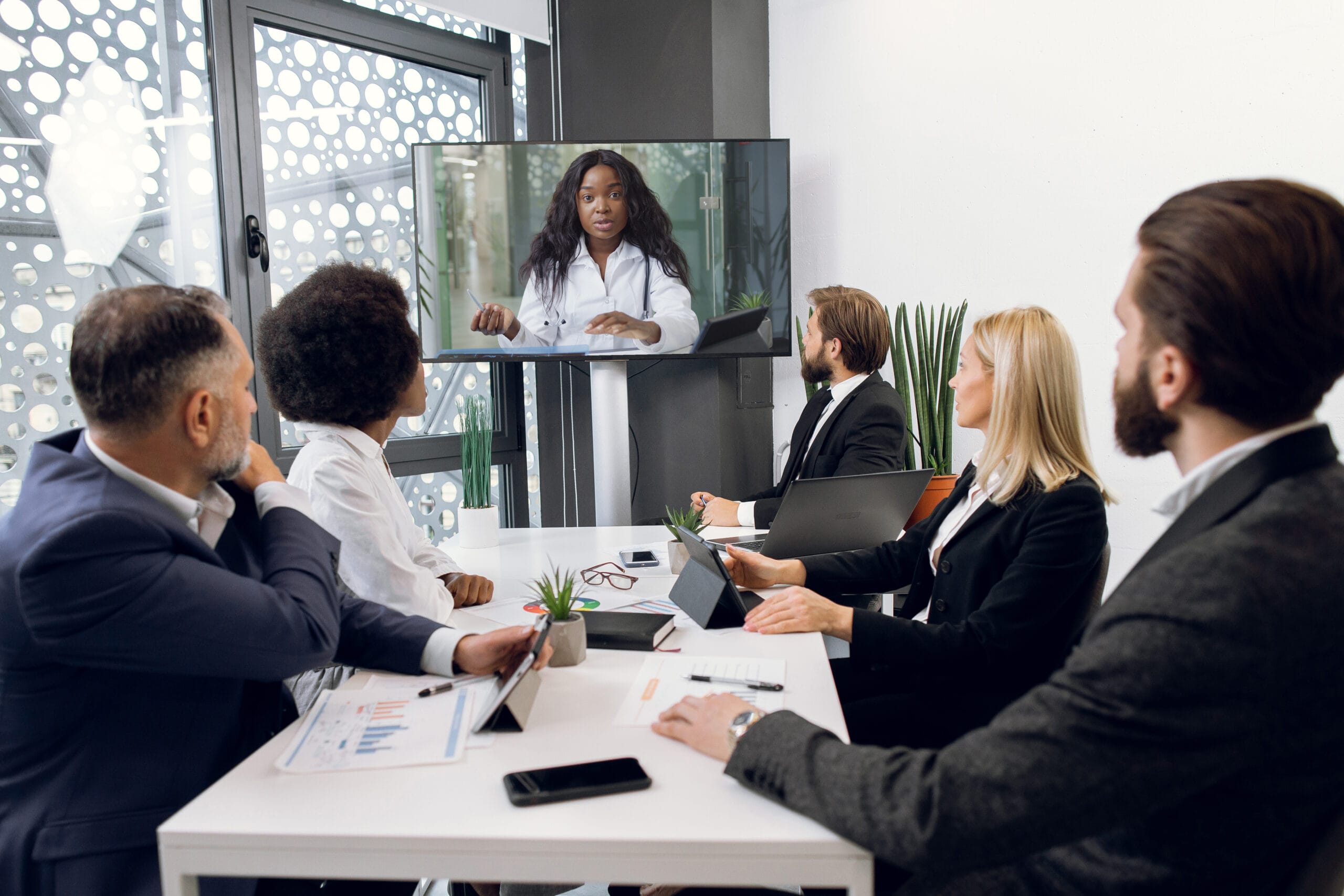Exactly How Trial Presentations Enhance Your Debate and Convince Jurors
Trial presentations serve as a crucial device for enhancing lawful debates and persuading jurors. The tactical use of visuals not just makes clear complicated details yet additionally catches jurors' focus much more effectively than words alone.

Relevance of Aesthetic Help
Visual help play a crucial role in enhancing the efficiency of trial discussions, as they can dramatically boost target market interaction and retention of details. In the context of a test, where jurors are charged with processing complex details, aesthetic help offer to streamline and make clear crucial factors. Graphes, graphs, and pictures can convey data and concepts that might otherwise bewilder or puzzle jurors, enabling for a more simple understanding of the evidence provided.
Moreover, aesthetic aids assist in maintaining juror focus throughout the process. By breaking the uniformity of verbal statement, these devices can stress important arguments, making them extra unforgettable. Effective aesthetic help can also stimulate psychological reactions, which can be pivotal in encouraging jurors to align with the presenter's story.

Crafting Compelling Narratives
An engaging narrative is essential in test presentations, as it works as the backbone of reliable persuasion. It permits lawyers to weave together truths, evidence, and emotional components into a meaningful tale that reverberates with jurors. This narrative framework allows jurors to recognize the complexities of the situation while leading them with the lawyer's argument.
To craft a compelling narrative, lawyers must concentrate on quality and comprehensibility. In addition, the usage of vivid summaries can produce mental photos that assist jurors picture the occasions, making the story a lot more memorable.
In addition, incorporating key themes throughout the presentation reinforces the core message and aids in retention - trial presentations. The story should not only convey information yet likewise evoke a feeling of justice, highlighting the risks involved. Eventually, a sound narrative promotes a link in between the jurors and the instance, positioning the lawyer's disagreement as both credible and engaging, thereby increasing the probability of a desirable judgment

Engaging the Jury Emotionally
Reliable court engagement hinges on the lawyer's capacity to attach with jurors on a psychological level. This connection can significantly influence jurors' perceptions and their utmost decision-making. Using psychological allures permits attorneys to humanize the case, transforming abstract legal ideas into relatable experiences. By offering real-life stories or testimonials, lawyers can evoke empathy and compassion, promoting a deeper understanding of the issues at stake.
Visual aids, such as photos or video clips, can better enhance emotional engagement, offering jurors with vibrant representations of the situation's human elements. Crafting a narrative that highlights the struggles and triumphs of the individuals entailed guarantees that jurors see beyond the legal arguments and identify the human effects of their choices.
In addition, tone and body language play a critical duty in communicating emotion. An attorney's passionate delivery can resonate with jurors, strengthening their psychological investment in the instance. It's necessary to stabilize psychological allures with accurate proof, making sure that jurors feel compelled to act while continuing to be based in the fact. Inevitably, a mentally involved court is most likely to be convinced, making emotional connection a crucial component of reliable trial presentations.
Structuring Your Presentation

The body of the presentation need to be practically segmented into key factors, each sustained by engaging proof. It is beneficial to utilize narration techniques to weave realities into a narrative that jurors can easily adhere to. Visual help, such as graphes and video clips, can boost understanding and involvement, helping to highlight essential items of proof.
Real-World Situation Researches
Analyzing real-world study offers vital insights into the art of test presentations and persuasion. As an example, the landmark situation of "O.J. Simpson v. The People of California" illustrates exactly how visual aids and engaging narratives can guide court understandings. The protection team efficiently used a technique that integrated prominent specialist testimonies with multimedia discussions, which astounded jurors and inevitably affected their choice.
Another remarkable example is the "McDonald's Coffee Instance," where the complainant's attorneys made use of visuals pictures of the injuries received by Stella Liebeck. trial presentations. This stark visual proof played a critical role in communicating the severity of her burns, leading to a significant jury honor. Such situations show that impactful trial presentations typically depend upon the efficient assimilation of visuals and storytelling to evoke psychological responses from jurors
Additionally, the "Casey Anthony Test" highlighted the relevance of narrative coherence and credibility. The prosecution's failure to develop a compelling timeline decreased their persuasive power, emphasizing the need of a well-structured presentation. Assessing these instances exposes that effective trial presentations call for critical preparation, emotional engagement, and the ability to resonate with their explanation jurors' values and beliefs.
Final Thought
Trial discussions substantially enhance debates and persuade jurors with the critical usage of aesthetic help, compelling narratives, and emotional interaction. A well-structured discussion equilibriums emotional allures with factual proof, inevitably reverberating with jurors' worths.